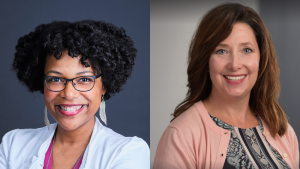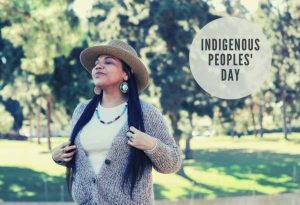The last two years have been full of talk about how companies have become “comfortable with being uncomfortable” around discussions on social issues that are often the source of division and animosity across various groups.
Those conversations tend to be a bit one-sided if not executed in a way that invites opposing points of view and creates an environment of inclusivity. The framing of it as discussion is a key element because, as is often noted by DEI experts, if people are not involved in the discussion, they’re probably not listening either.
It is also possible that there will always be a certain segment of employees who simply do not engage with DEI, either in a topical sense or in a support function such as joining your ERGs. However, understanding this reality does not imply acceptance of a workplace culture in which DEI is only spoken to or supported by historically marginalized communities.


















